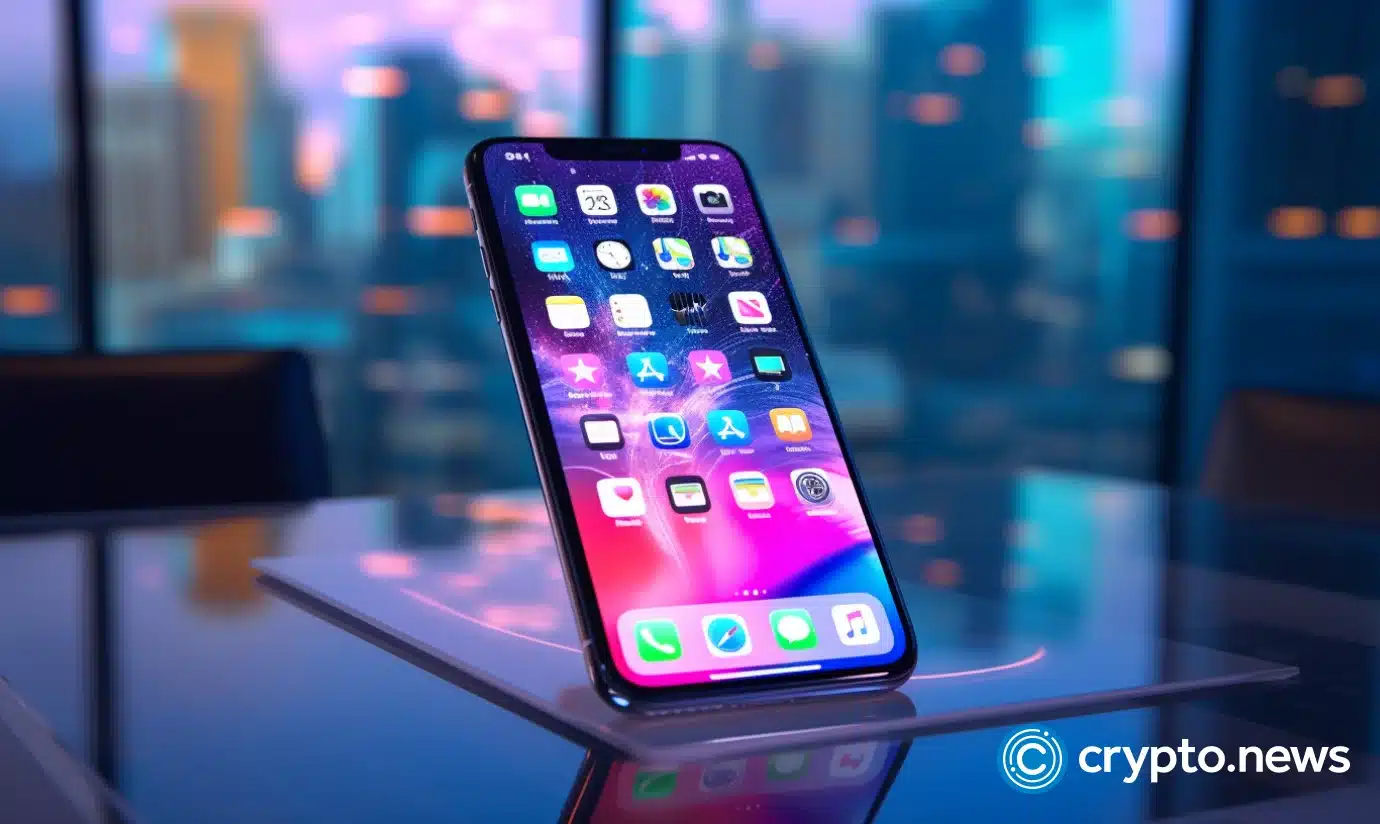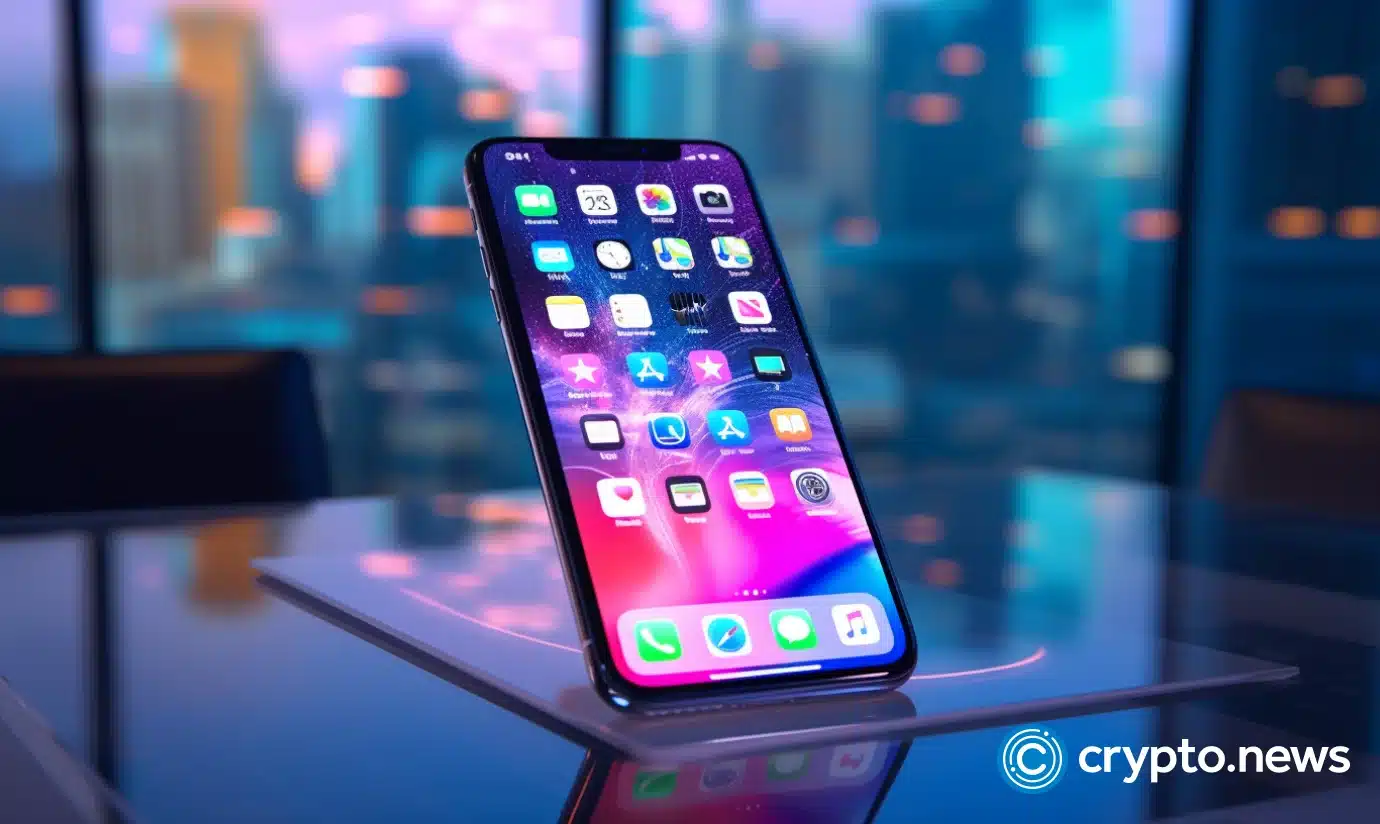Revolutionary Remittance Service Hits Latin America
In a groundbreaking regional first, SukuPay’s crypto-native payment infrastructure has been integrated into Banco Industrial’s mobile banking app, Zigi. This innovative partnership enables Guatemalan users to receive transfers from the U.S. in under 20 seconds, with a flat fee of just $0.99. The service, powered by stablecoin technology, operates seamlessly within the existing banking app, eliminating the need for cryptocurrency wallets, IBANs, or currency conversions.

Users can initiate payments through various channels, including debit cards, Apple Pay, or cash deposits at retail partners such as Walmart and CVS, using just their phone number. This streamlined process is set to revolutionize the remittance landscape in Latin America, where traditional systems have long been plagued by high costs and slow processing times.
“This isn’t just a feature – it’s a financial infrastructure upgrade,” stated Yonathan Lapchik, CEO of SukuPay. “We’re enabling real-world payments that work for everyone, regardless of their banking status.” The significance of this development cannot be overstated, as remittances remain a vital lifeline for the region, with Guatemala alone receiving over $21 billion annually.
By embedding stablecoin-based transfers within a regulated banking environment, SukuPay addresses the long-standing inefficiencies in traditional remittance systems. Banco Industrial’s decision to integrate SukuPay’s technology rather than developing its own infrastructure highlights the potential for this partnership to serve as a model for other banks across Latin America looking to modernize their services.
“With SukuPay’s infrastructure embedded directly into Zigi, we’re not just improving remittances – we’re setting a new standard,” said Michel Caputi, Head of Strategic Alliances at Banco Industrial. This collaboration demonstrates how banks can leverage existing fintech solutions to enhance their services without requiring customers to directly engage with cryptocurrency technology.


